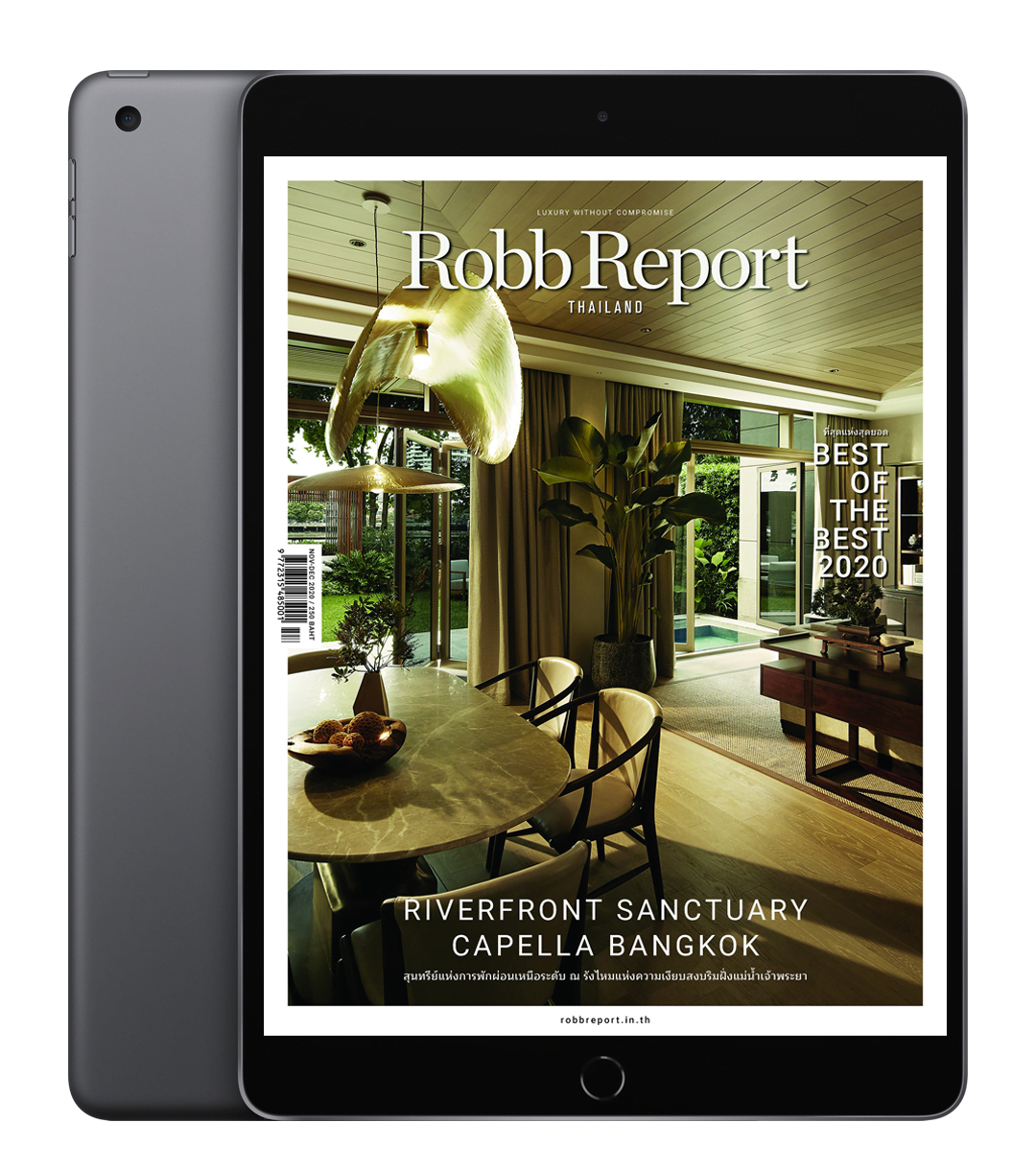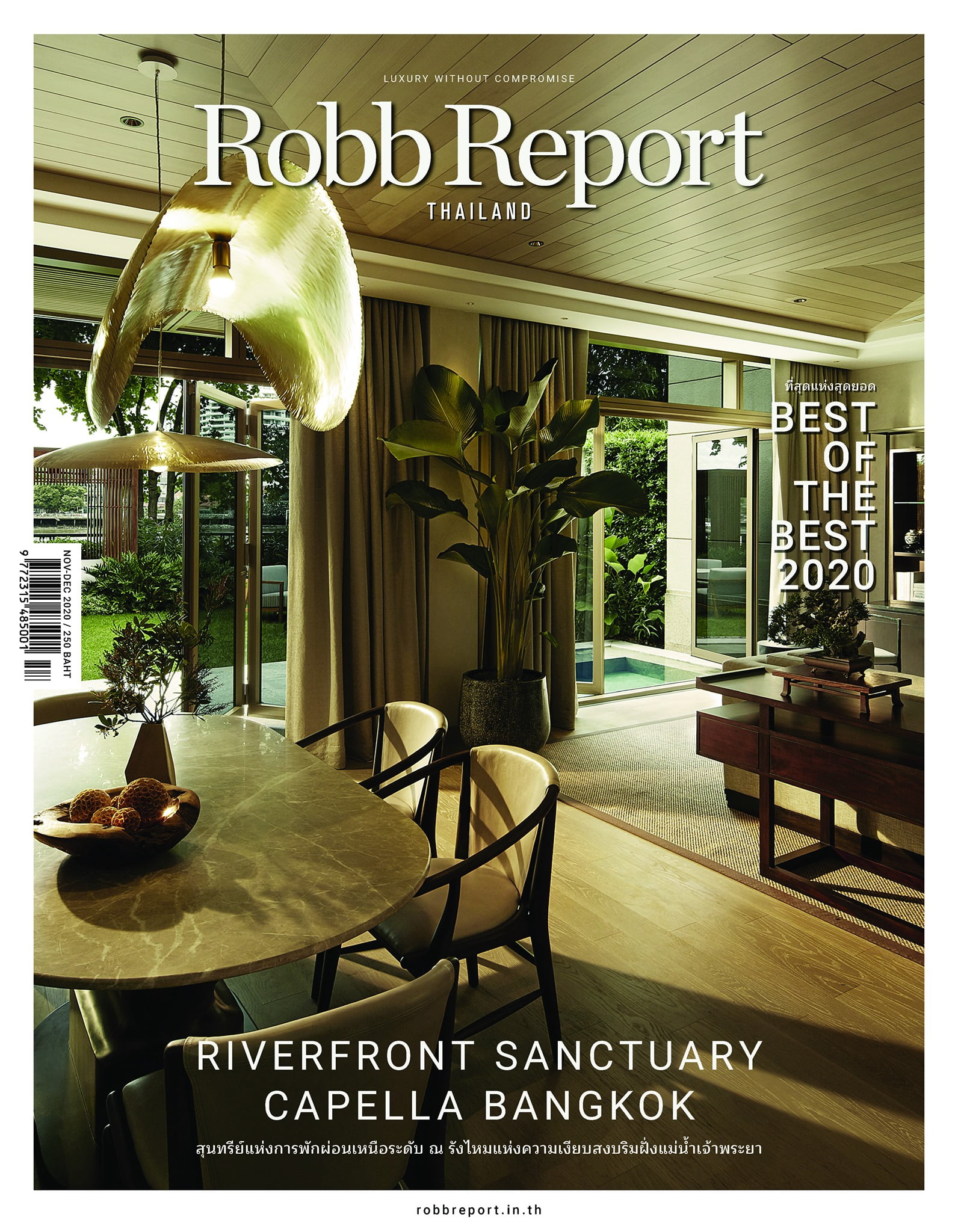การเดินทางไปยังเรือยอชท์อย่างรวดเร็วและสะดวกสบายนั้นเป็นที่ต้องการเสมอ แต่จะทำอย่างไรถ้าเรือยอชท์ของคุณอยู่ห่างจากท่าเรือ 100 ไมล์? Tropic Ocean Airways ให้บริการแท็กซี่ลอยฟ้ามานานกว่าทศวรรษ โดยรับส่งเจ้าของเรือยอชท์และแขกของพวกเขาด้วยเครื่องบินทะเล จากศูนย์กลางเมืองฟลอริด้าใต้ที่คึกคัก ไปยังพื้นที่ห่างไกลของฟลอริด้าคีส์ และแม้กระทั่งเกาะต่างๆ ในบาฮามาส และตอนนี้เครือข่ายเส้นทางของบริษัทฯยังขยายไปรวมถึงเรือส่วนตัวมากขึ้นด้วย
“ก่อนเกิดโรคระบาด เราเคยมีเครื่องบินให้บริการที่หมู่เกาะบริติชเวอร์จินและแอนติกัวด้วย" ผู้ก่อตั้งสายการบิน ร็อบ เซราโวโล กล่าว “แต่เมื่อบาฮามาสกลายเป็นจุดหมายปลายทางยอดนิยมสำหรับการเช่าเรือยอชท์ในอเมริกาเหนือ ผู้คนจึงนิยมเดินทางไปยังที่นั่นมากขึ้น"
นอกจาก Tropic Ocean Airways แล้ว สหรัฐฯยังมีบริษัทแท็กซี่ลอยฟ้าอื่นๆ ได้แก่ Fly the Whale ที่ให้บริการในภาคตะวันออกเฉียงเหนือของสหรัฐฯ (และมีบริการตามฤดูกาลในฟลอริด้าใต้) และ Kenmore กับ NW Seaplanes ซึ่งให้บริการในแถบแปซิฟิกตะวันตกเฉียงเหนือ นอกจากการประหยัดเวลาแล้ว เครื่องบินทะเลยังช่วยเพิ่มความปลอดภัยด้วย “เราเคยมีกรณีที่เครื่องบินอยู่กับเรือยอชท์ตลอดทั้งสัปดาห์" เซราโวโลกล่าว แม้โดยทั่วไปเจ้าของเรือจะไม่ได้ใช้เครื่องบินบ่อยนัก “บางคนใช้เพื่อถ่ายรูปลงอินสตาแกรม" เขากล่าว แต่เครื่องบิน Cessna Caravan ยังคงทำหน้าที่เป็นระบบขนส่งสำรอง บริการรับส่งลูกเรือ สัมภาระ และอะไหล่ในการอพยพฉุกเฉินทางการแพทย์ เนื่องจากสภาพอากาศที่ท้าทาย ความเชี่ยวชาญของนักบินจึงเป็นสิ่งสำคัญ เซราโวโล อดีตนักบินทหารเรือและครูฝึก Top Gun กล่าวว่า เขาฝึกนักบินของเขาตามมาตรฐานกองทัพเรือสหรัฐฯ เพื่อ “ให้สามารถบินได้ในทุกสภาวะอากาศ เนื่องจากสภาพแวดล้อมอาจเปลี่ยนแปลงได้รวดเร็ว"
สำหรับลูกค้า พวกเขาได้พิสูจน์ให้เห็นถึงความคิดสร้างสรรค์ในการเพิ่มประสิทธิภาพศักยภาพของเครื่องบินทะเล เซราโวโลกำลังวางแผนที่จะส่งผู้โดยสารที่อยู่ห่างจากเรือออกไป 50 ไมล์ เพื่อที่เขาจะได้เล่นไคต์บอร์ดกลับได้
“ในสถานที่ห่างไกลเหล่านี้ มีตัวเลือกมากมาย" เขากล่าว
บทความโดย Michael Verdon
Quick and easy yacht access is always the preference, but what to do if it’s 100 miles away from the nearest port? For more than a decade, Tropic Ocean Airways has operated a cottage industry centered on shuttling yacht owners and their guests via floatplane from bustling South Florida urban centers to remote parts of the Florida Keys and even outlying islands in the Bahamas—and now, increasingly, that route network includes private vessels.
“Before the pandemic, we also had airplanes in the BVI and Antigua," says the airline’s founder, Rob Ceravolo. “But when the Bahamas became North America’s favorite charter destination, the boat traffic moved there."
Other stateside floatplane firms include Fly the Whale, which services the U.S. Northeast (with a seasonal presence in South Florida), and Kenmore and NW Seaplanes, both focusing on the Pacific Northwest. Besides making transport more time-efficient, the aircraft can also provide a sense of security. “We’ve had airplanes stay with a boat all week," Ceravolo says. While overall the owners didn’t make much use of the planes (“A few used it for Instagram moments," he says), the Cessna Caravans still served as backup transport, a shuttle for crew, cargo, and spare parts, and a potential emergency medevac.
It’s also important to consider the level of expertise inside the cockpit, given the challenging weather conditions inherent to the job. Ceravolo, a former naval aviator and Top Gun instructor, says he trains his pilots to U.S. Navy protocols, teaching them “to fly in all conditions since it can be a very dynamic environment."
As for clients, they’ve proved creative when it comes to optimizing floatplane potential: Ceravolo is working on a plan to drop off a passenger 50 miles upwind of the boat—so he can kiteboard back.
“In these remote locations," he says, “there are a lot of options."
The article by Michael Verdon








